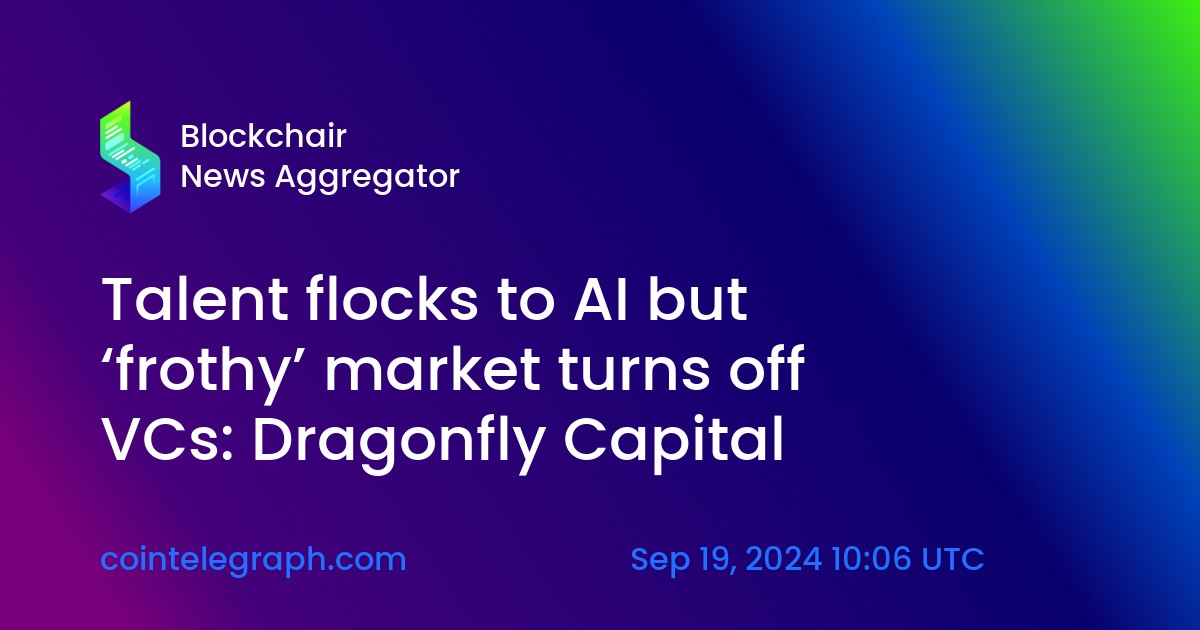The evolving relationship between corporate values, emerging technologies, and the labor force has garnered heightened attention recently. As enterprises incorporate cutting-edge technologies such as artificial intelligence (AI) and robotics, significant questions arise regarding their impact on employees and society.
In this article, we explore the profound implications of corporate philosophy, particularly the doctrine of maximizing shareholder value, on adopting novel technologies and the workforce’s well-being.
Corporate philosophy and the pursuit of shareholder value
During the 1970s, economist Milton Friedman and his contemporaries championed maximizing shareholder value as the paramount objective for companies. This doctrine asserted that a firm’s primary purpose was to enhance the wealth of its shareholders, often at the expense of other considerations such as the welfare of employees, the quality of products, or societal contributions.
By the 1980s, the ideology of maximizing shareholder value gained considerable momentum, resulting in practices like the manipulation of stock prices and wage stagnation. Economist William Lazonick observes that this shift in corporate philosophy has had far-reaching adverse consequences. American companies, entangled in short-term thinking, have created suboptimal working conditions, delivered substandard products, and exacerbated income inequality.
The persistent influence of shareholder value
Despite mounting criticism, the fixation on maximizing shareholder value continues to wield substantial influence across the American business landscape. This enduring ideology raises apprehensions about how emerging technologies, such as AI and robotics, will be harnessed to serve profit-centric objectives rather than benefiting the workforce and society.
The impact on American workers
Lazonick underscores the pressing need for institutions to prioritize enhancing the workforce’s capabilities as technological advances unfold. Significant adjustments are imperative to avert negative consequences for employees, including broader access to education, support for early retirement, and comprehensive retraining opportunities. The pervasive under-compensation of American workers further complicates the integration of advanced technologies.
Historically, industries like the automotive sector witnessed technological changes’ impact on Black and white blue-collar workers. It was not solely automation but a shift in corporate ideology that adversely affected workers. The prioritization of shareholder value led to wage suppression and the dismantling of labor unions.
The struggle for educational access
Efforts to mitigate these challenges, such as increased accessibility to higher education, confront political obstacles. The entrenched mindset adopted in the 1980s persists, obstructing essential adjustments in education and workforce development.
Ironically, some politicians who assert that free higher education is unfeasible likely benefited from such programs. In the mid-1960s, most colleges and public universities in the U.S. offered tuition-free education, a stark contrast to the prevailing student loan predicament.
The intersection of technology and society
The role of technology in society is intricately linked with the prevailing economic and political framework. The post-Iron Curtain era in the Czech Republic is a poignant illustration of how societal structures determine the accessibility and utilization of technology.
Leaving the transition to advanced technologies solely in the hands of businesses is a precarious proposition. Many corporations prioritize stock buybacks over workforce development and retraining, exacerbating income inequality and undermining a positive transition for workers.
The integration of AI into various industries introduces new opportunities for wage suppression. For instance, AI has the potential to write publishable papers, impacting the livelihoods of academic researchers. The displacement of intellectual labor through AI-driven automation presents unique challenges.
Japanese and German models
Comparatively, societies like Japan and Germany, where blue-collar workers enjoy more job security, have excelled in implementing and producing robotics. Workers in these countries actively participate in quality control and production processes, enhancing their contributions to technological advancements.
The role of technology in work
Technology has historically displaced labor, particularly heavy or routine tasks. However, AI can potentially automate intellectual work by accessing extensive databases. While this can enhance efficiency, it also necessitates workers transitioning into roles where they can leverage their skills.
Service vs. goods
AI and similar technologies blur the line between services and goods. A service necessitates intervention, while goods do not. Companies like Apple strive to minimize customer interventions, which can lead to reduced consumer engagement.
The power of the right people
The successful integration of AI and other technologies hinges on the interests and incentives of those who wield control. If corporations prioritize shareholder profits over workforce development and societal contributions, the benefits of these technologies may be unequally distributed.
The influence of corporate philosophy on emerging technologies and the workforce should not be underestimated. The persistent emphasis on maximizing shareholder value has engendered adverse consequences, with workers frequently bearing the brunt. The integration of advanced technologies like AI and robotics presents opportunities and challenges contingent on how they are managed and harnessed for the benefit of society. Society, businesses, and policymakers must collaborate to ensure a just and equitable transition into an increasingly technology-driven future.





